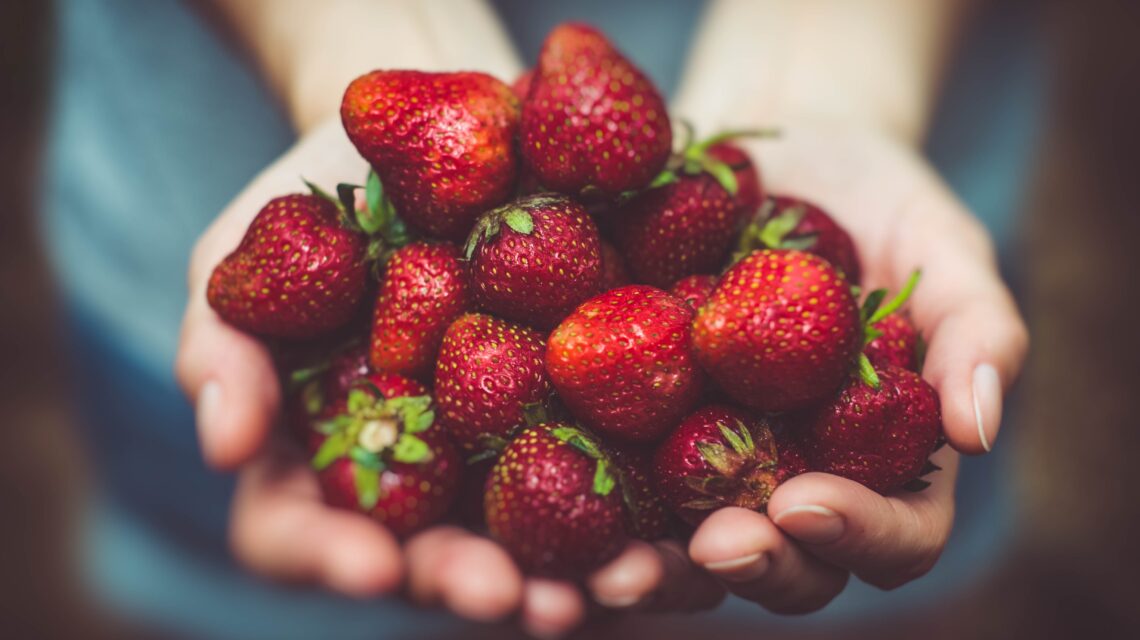Food is not just a source of sustenance; it is an experience that engages all our senses. The journey of food from the farm to our fork is a fascinating odyssey that involves a multitude of people, places, and processes. In this blog post, we will take you on a gastronomic adventure, exploring the various stages of this journey and the importance of understanding where our food comes from.
The Farm: Where It All Begins
Our gastronomic odyssey starts at the farm, where the story of our food begins. Farms are the birthplace of the ingredients that make up our meals. Whether it’s the lush green fields, the sprawling vineyards, or the bustling livestock farms, each farm has its unique charm and purpose.
Modern farms use innovative techniques to grow and nurture crops. From organic farming to hydroponics, farmers are constantly adapting to meet the demands of a growing population while minimizing their impact on the environment. Understanding the farm-to-fork journey allows us to appreciate the hard work and dedication that goes into producing the food we enjoy.
The Journey: From Field to Market
Once the crops are harvested, they embark on a journey from the fields to the markets. This journey involves various stages, including processing, packaging, and transportation. Each step is crucial in ensuring that the food reaches our plates in the best possible condition.
Processing plants play a vital role in transforming raw ingredients into the products we find on supermarket shelves. Whether it’s milling wheat into flour or canning fruits and vegetables, these facilities ensure that the food is safe, convenient, and ready for consumption.
Packaging is another critical aspect of the journey. It not only protects the food but also provides important information about its origin, nutritional value, and expiration date. Sustainable packaging solutions are gaining popularity, as consumers become more conscious of their environmental impact.
Transportation is the final leg of the journey before the food reaches our local markets. Trucks, trains, ships, and planes transport food across vast distances, ensuring that we have access to a wide variety of ingredients year-round. Cold storage facilities and refrigerated transport trucks help preserve the freshness and quality of perishable goods.
From Market to Kitchen: The Art of Cooking
Once the food arrives at our local markets, it is up to us to transform it into a delicious meal. Cooking is not just a chore; it is an art form that allows us to express our creativity and nourish our bodies. The farm-to-fork journey has a direct impact on the taste, quality, and nutritional value of the food we prepare.
By understanding the origin of our ingredients, we can make informed choices about the food we buy and consume. Supporting local farmers and choosing organic or sustainably sourced products can have a positive impact on our health and the environment.
Exploring different cuisines and cooking techniques can also enhance our gastronomic experience. From traditional family recipes to experimental fusion dishes, there is a world of flavors waiting to be discovered.
Conclusion: Embracing the Gastronomic Odyssey
The farm-to-fork journey is a remarkable process that connects us to the source of our food. By embracing this gastronomic odyssey, we can develop a deeper appreciation for the ingredients we use and the meals we enjoy.
Next time you sit down for a meal, take a moment to reflect on the journey that brought that food to your plate. From the farmers who toil in the fields to the chefs who create culinary masterpieces, every step of the process contributes to the gastronomic experience.
So, let’s celebrate the farm-to-fork journey and savor each bite with gratitude and joy!



 Reviving Forgotten Recipes: Rediscovering Culinary Heritage
Reviving Forgotten Recipes: Rediscovering Culinary Heritage  Savoring Traditions: A Journey Through Timeless Flavors
Savoring Traditions: A Journey Through Timeless Flavors  Backtest Crypto Trading Strategies: A Complete Guide
Backtest Crypto Trading Strategies: A Complete Guide  NFT Standards: A Cross-Chain Guide for Creators & Collectors
NFT Standards: A Cross-Chain Guide for Creators & Collectors  Decentralized Storage: IPFS & Arweave Explained Simply
Decentralized Storage: IPFS & Arweave Explained Simply  How to Calculate Cryptocurrency Taxes: A Simple Guide
How to Calculate Cryptocurrency Taxes: A Simple Guide  Your Guide to Music NFTs & Top Platforms for 2024
Your Guide to Music NFTs & Top Platforms for 2024  TradingView for Crypto: The Ultimate Trader’s Guide
TradingView for Crypto: The Ultimate Trader’s Guide